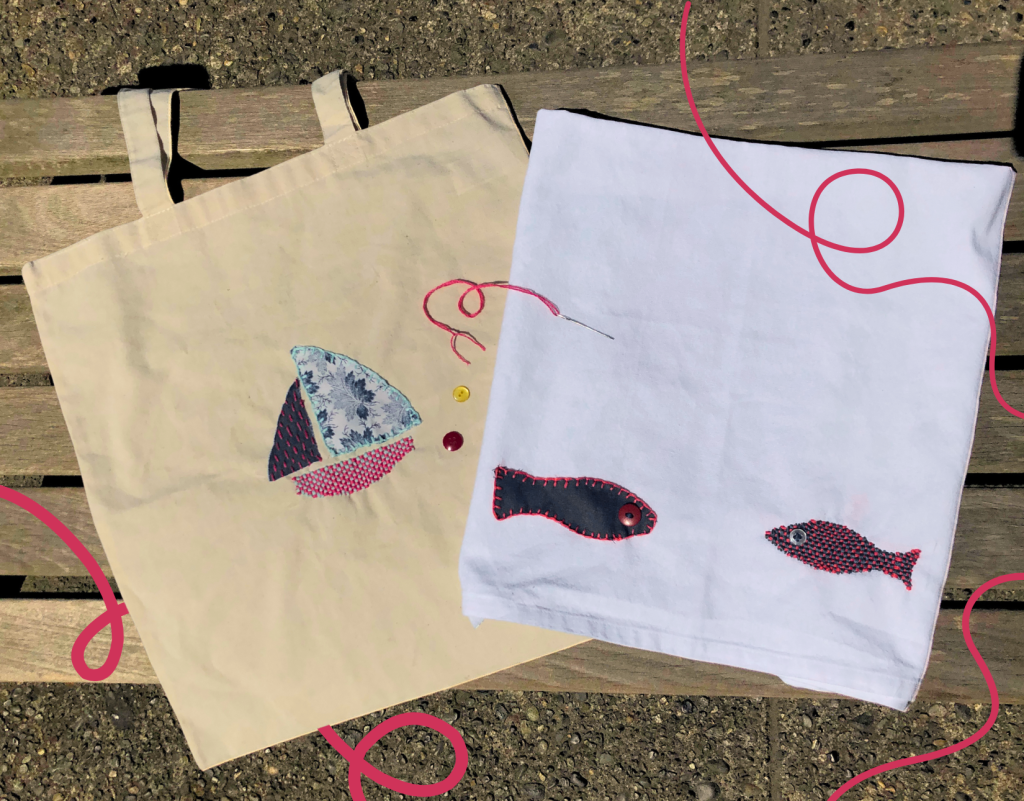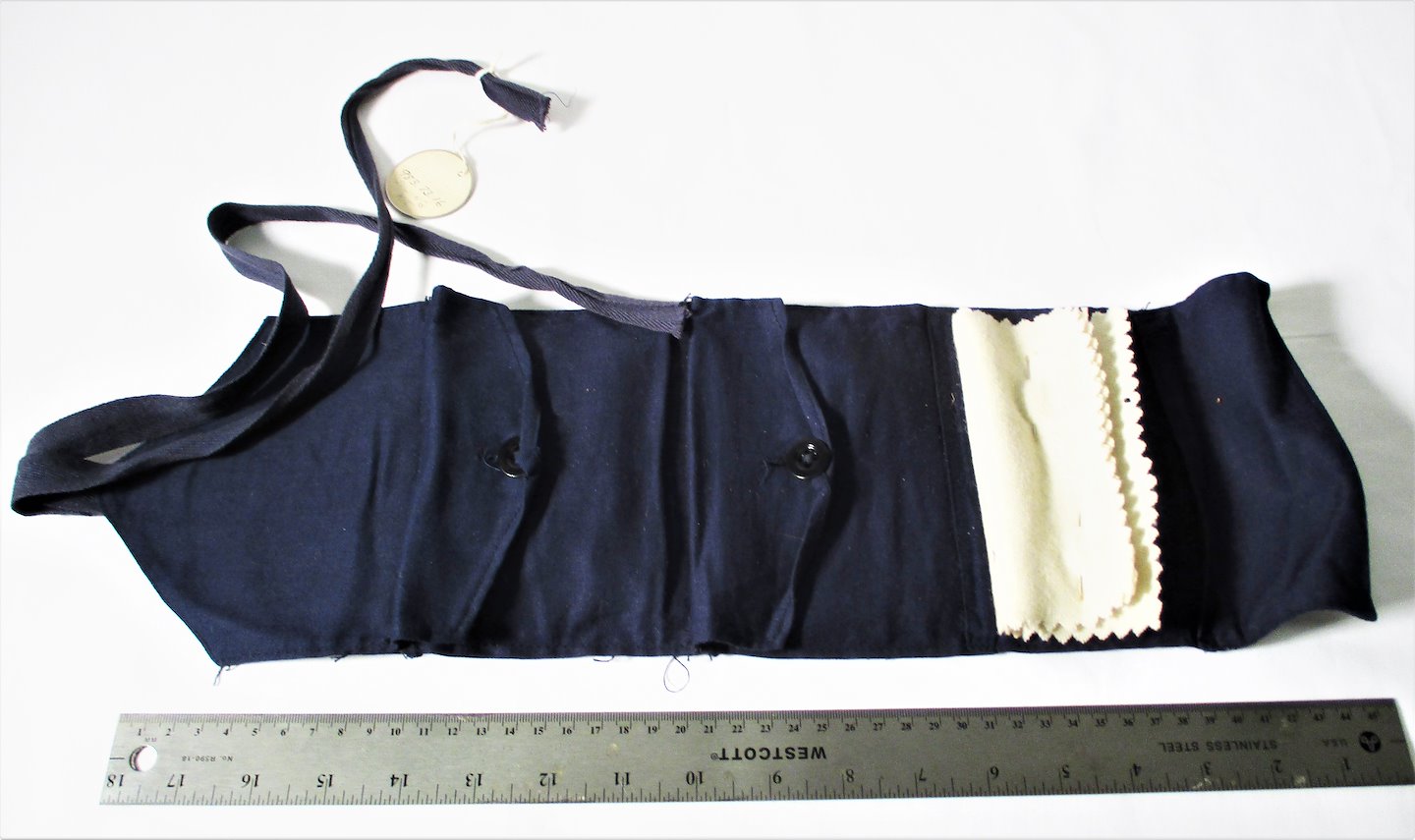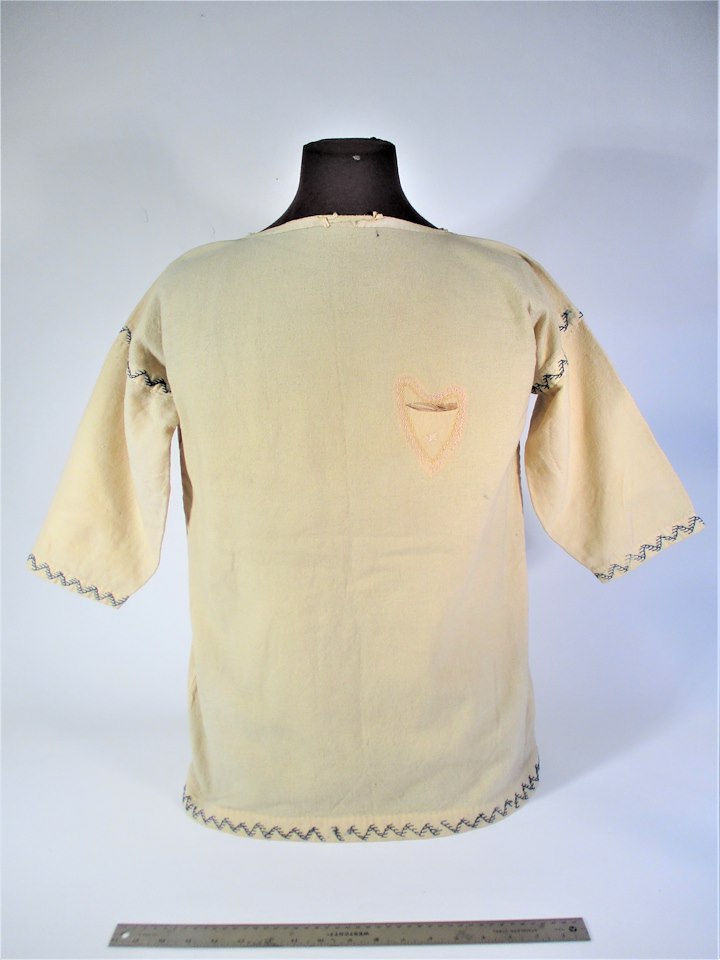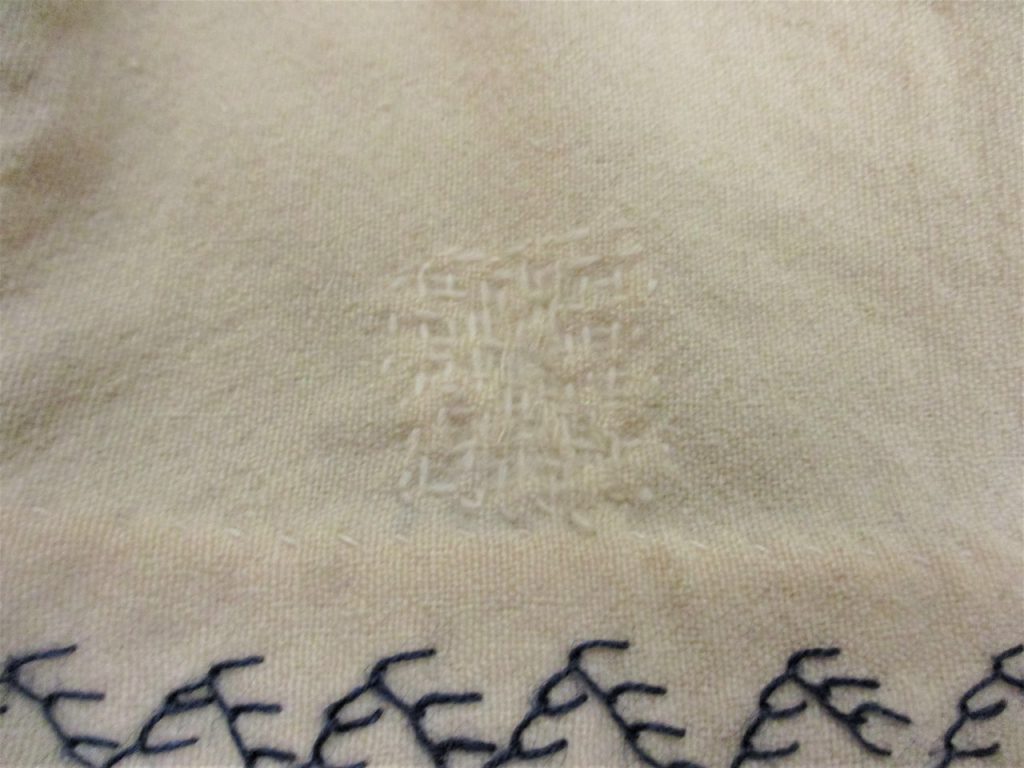
What are Collection Connections?
Have you ever looked at one of our programs and thought to yourself, “That looks interesting, but what does that have to do with maritime history?” All our programs at the Maritime Museum of British Columbia are inspired by the artefacts and stories held in our collections.
Feature Program: Visible Mending Methods
This brand-new program gives participants all the skills and materials they need to mend their clothing. They will learn to darn, sew a patch and a button, all while creating a tea towel or tote bag to take home. Choose one of two designs, fish or sailboat!
At sea, there is limited access to new materials. When things break, rip or tear, it is necessary to know how to fix them. Those who work on vessels often have the skills to repair many types of equipment, including sails, nets, tools and their own clothing.
From the Collection

Kit, Needlework, MMBC Collection 983.073.0016
This type of sewing kit was often called a “housewife.” It is a compact kit with everything you might have needed to repair clothing, including needles, thread, patches and buttons. This particular kit would have been used by members of the Royal Canadian Navy to repair any damage to their uniforms. Each service member on board a ship had their own kit.

Shirt, Gun, MMBC Collection 557
This flannel was worn by Able Seaman Thomas Welch, around 1890. There are some small areas of damage, which have been mended using a darning stitch.

Visible mending is a form of mending where bright colours and patterns are used intentionally to add character while fixing a piece of clothing. It has a rich history. Boro is a type of visible mending created by rural communities in Japan during the Edo period (1600-1868). This method uses many layers of fabric patches, stitched together to reinforce fix fabric. These items were passed down between generations, and accumulated many patches overtime, giving them a unique patchwork appearance. Decorative darning was used as early as the 18th century in Europe. Darning was a skill taught to many young girls, especially those who looked for employment in upper-class households.
Throughout history, mending has been used as a way to make textiles last, reduce waste, and add details to garments. If you are looking for a way to have a big environmental impact with a small action, try out these historical techniques!
If you are interested in this historical, sustainable practice, and want to gain some skills, our very first visible mending methods workshop will be Saturday, August 23rd. Participants will go home with all the tools and techniques they need to mend textiles at home, as well as a tea towel or tote bag decorated with a fun embroidered design! The link to register can be found on our website.
Artefacts (In order of appearance):
MMBC #Collections, 983.073.0016, 557.
What’s Next?
There’s more to do and see every day at the MMBC–check out the links to the right for your next maritime adventure.



